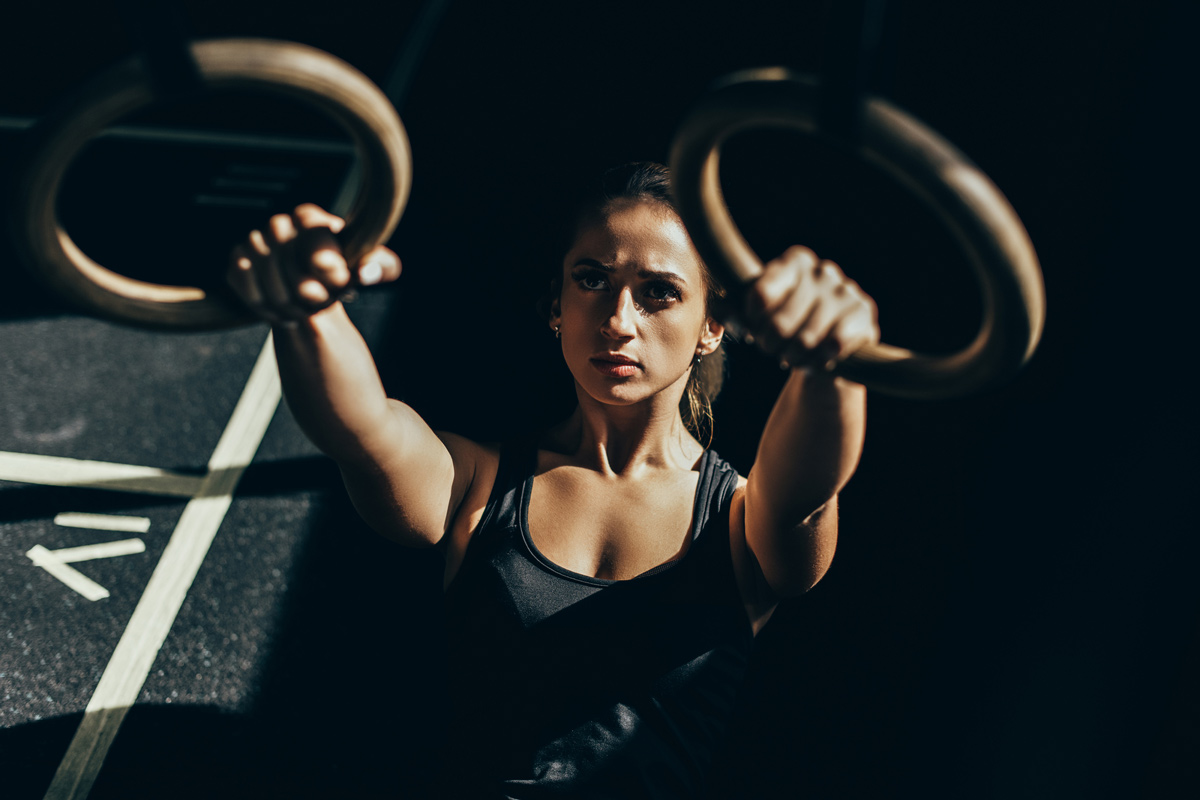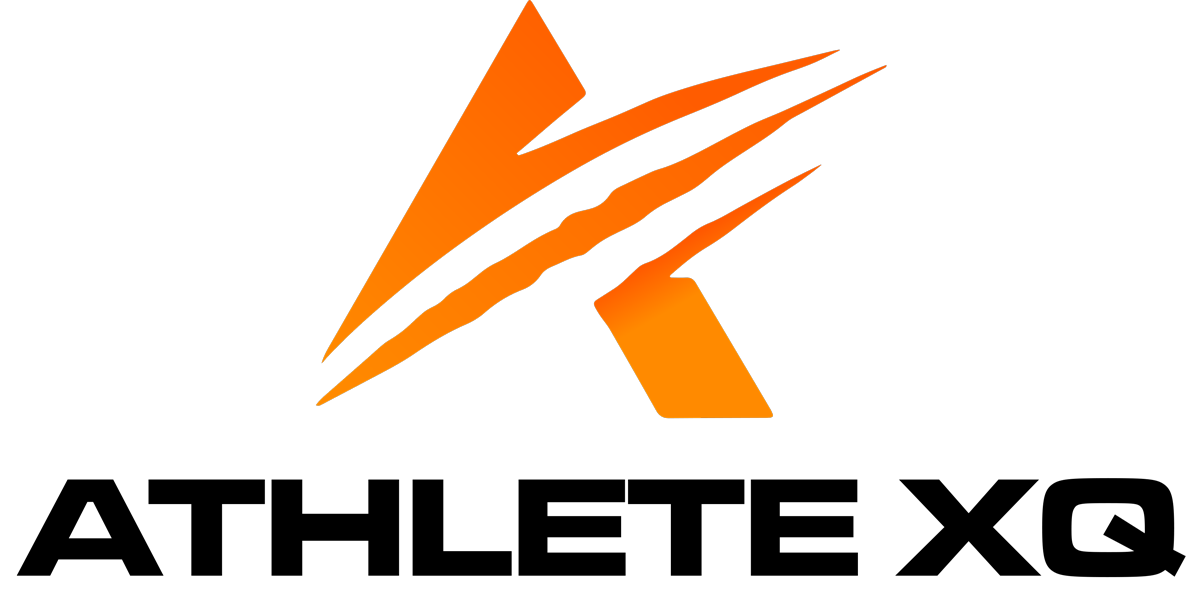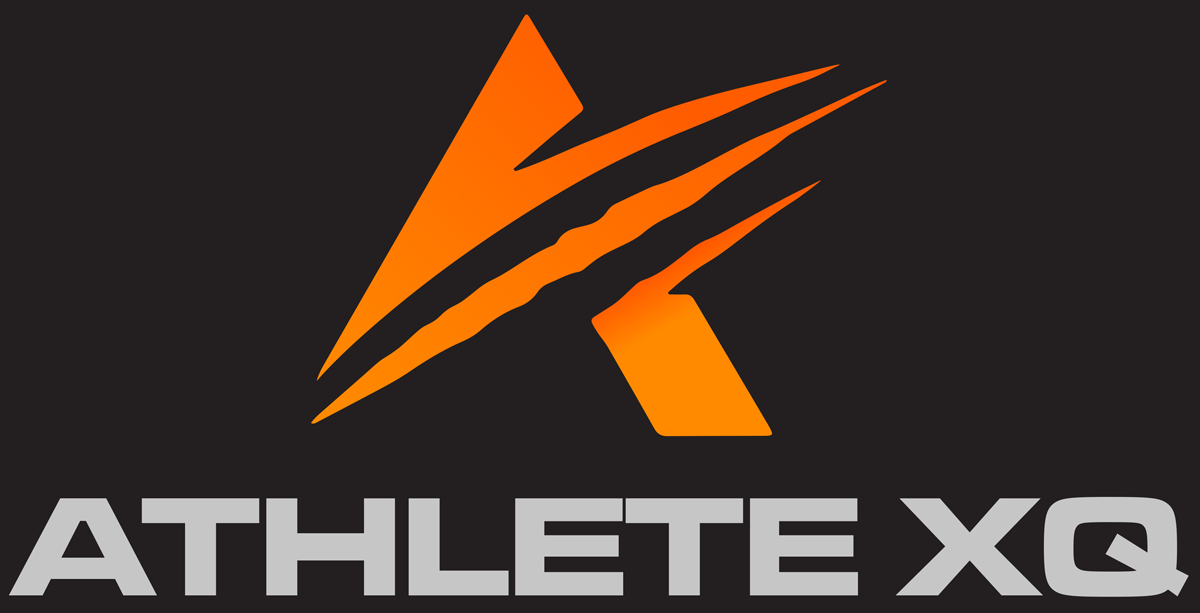
I’ve had the honor of working with athletes that have graced venues all over the world and achieved accolades that most of us only dream of. These are not only gifted athletes, but good and smart people. The kind you want to be life-long friends with. All have University educations. Some made money, most didn’t. Nobody planned because sport is life and seeing life after sport is just a mirage while you’re still immersed in it.
We tend to hold our athletes in high esteem while even placing some on a pedestal. We see them as superheroes. The unbreakable. The ones who always succeed and never fail. When, they are no different than us mortals. Just because you run faster, swim farther, throw with precision or can tackle with vengeance, doesn’t make you immune to all the phobias and insecurities that intersect our lives. In the case of the athlete, these can be even more exacerbated due to the desire to achieve the same level of success outside of sport as they did in. Being an elite athlete does not grant you an automatic pass to the same successes that others outside of sport worked years to achieve.
The transition programs that exist today all treat the “symptoms” and do not address the “root causes”. Many exist to placate the naysayers because doing something is better than doing nothing. Once the locker room door closes for the last time, most athletes enter a world that is foreign to them. An unfamiliar place full of obstacles that are difficult to navigate. “Best of luck” they say as you leave. No more teammates, coaches, trainers, equipment managers, nutritionists, and assistants. Everyone that helped your sports career survive and thrive. But you’ll be just fine. You were a professional athlete after all. So why are today’s programs not sustainable:
- They are reactive and not proactive.
- Most use a one size fits all – cookie cutter methodology.
- They tell the athlete that their sports skills put them at the head of the line in the outside world.
- The lack of real-world expertise by using athletes to transition other athletes.
- Athletes having to go outside of their sport and associations to find mentors that can help them navigate the outside world.
- When money is involved, money is the focus, not the individual.
- Elite Sport is an exclusive club. Outsiders are not openly welcomed nor trusted.
- Mental Health is acknowledged, but not a focal point.
- Bureaucracy kills innovation.
So, is there a solution? Our neighbors in Europe and Australia are way ahead of the U.S. when it comes to the successful transition of their elite athletes. Here’s why:
- They utilize a proactive transition model that starts with the athlete in their youth that continues to evolve while they mature onto the highest level of sport.
- Their programs are tailored to the individual and that individual’s likes, interests, and acumen.
- The athlete is taught they are no different, privileged, or held in a higher esteem than their peers outside of sport.
- They utilize former athletes with additional training and outside world experience to manage their transition programs while calling on industry experts to augment specific curriculum and needs.
- Apprenticeships, Internships, and Mentoring are all part of their transition program.
- Teams are mandated to allow players a certain number of hours per week to work on outside careers.
- Most teams and leagues have internal wellness programs that focus on the mental health of the athlete. These programs are afforded to the retired player as well. Immediate family members are also included in this process.
- As in most business a level of bureaucracy does exist, but it doesn’t hinder innovation or organizations from doing what is right, expected, and deserved by its players who give fully to their sport.
American sport appears to be at a tipping point. Players are finding their voice and expressing it louder than ever. Organizations and Associations are having their hand forced to find acceptable and equitable solutions not only to this problem, but the other problems that have plagued sport for some time. I won’t hold my breath that a remedy is imminent, but small progress is still progress. All you need is somebody who cares. Fingers crossed, people.

